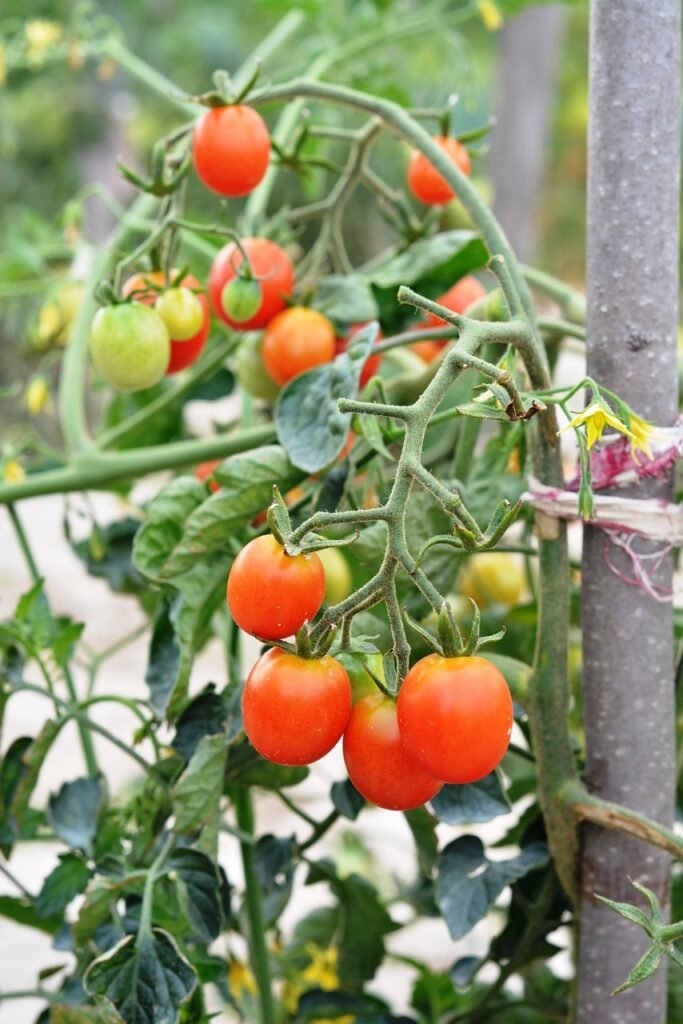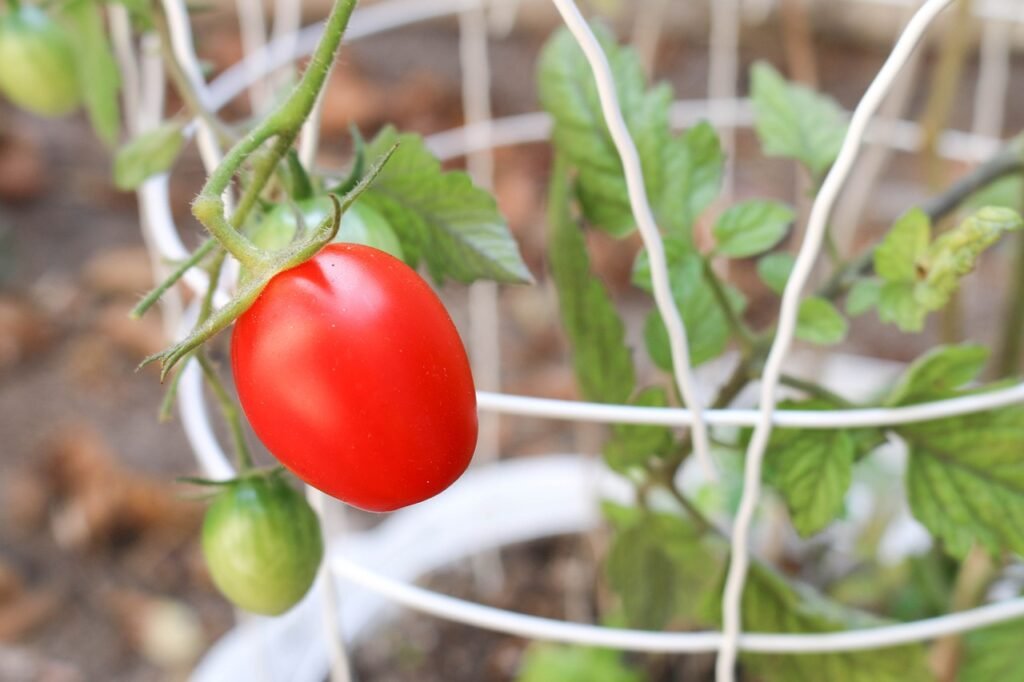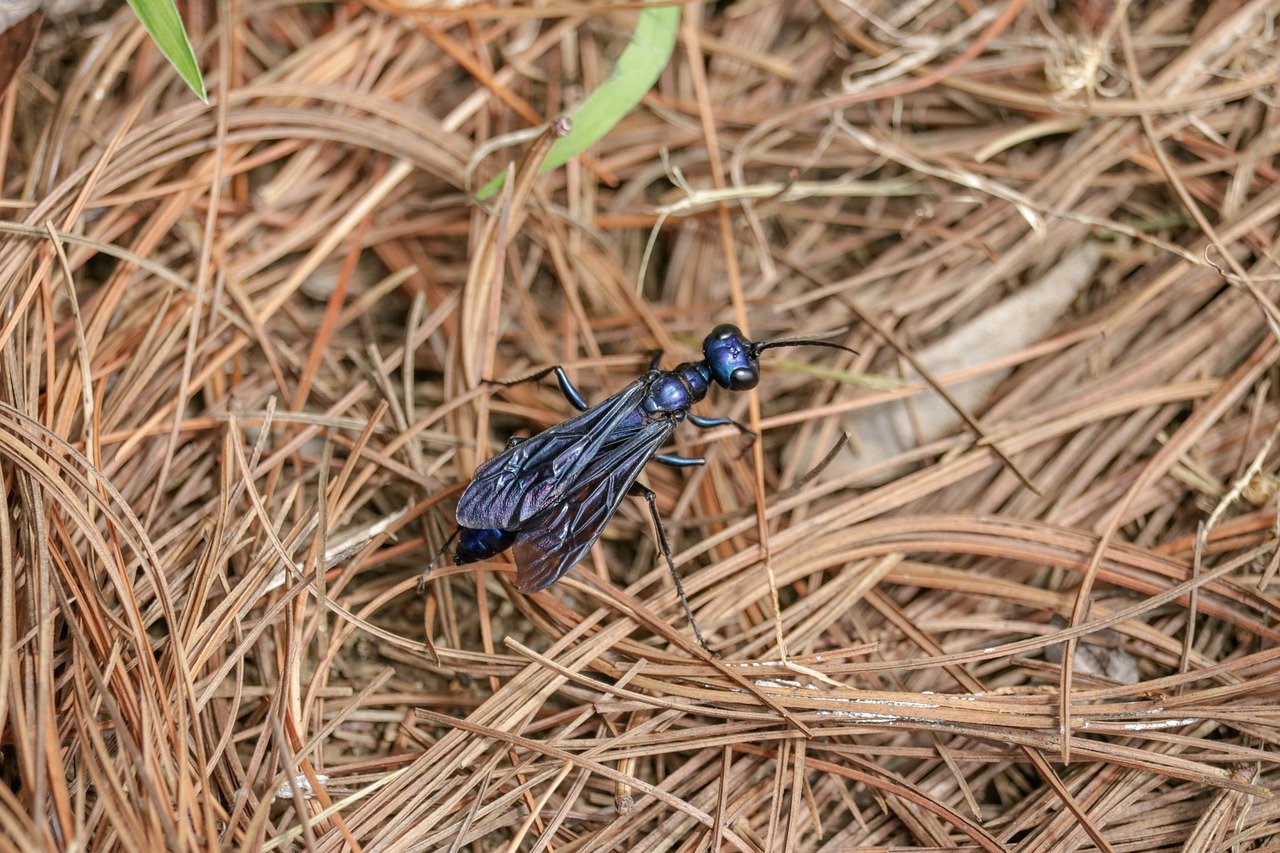
Determinate vs. indeterminate tomatoes
Introduction
Tomatoes are a beloved staple in many home gardens, offering a burst of juicy flavor in salads, sauces, and sandwiches. When it comes to growing tomatoes, two main types dominate the scene: determinate and indeterminate varieties. Understanding the differences between these two types is crucial for successful tomato cultivation.
Brief Overview of Determinate Tomatoes
Determinate tomatoes are known for their compact and bushy growth habit. These plants typically reach a predetermined height and set fruit all at once. This simultaneous fruiting makes determinate tomatoes an excellent choice for gardeners looking to harvest a large quantity of tomatoes at once, making them ideal for canning or preserving.
Brief Overview of Indeterminate Tomatoes
In contrast, indeterminate tomatoes have a vine-like growth habit that requires support for vertical growth. These plants can reach impressive heights, sometimes topping six feet or more. Indeterminate varieties produce fruit continuously throughout the growing season, providing a steady supply of fresh tomatoes for salads and other culinary delights.
Characteristics of Determinate Tomatoes

Growth habit: Bushy and Compact
Determinate tomatoes are like the neat freaks of the tomato world. They have a bushy and compact growth habit, which means they don’t go wild and sprawling like their indeterminate cousins.
These tomatoes like to keep things tidy, staying in a more organized and manageable shape. This makes them perfect for gardeners who prefer a more structured garden layout or have limited space to work with.
Height: Typically Shorter than Indeterminate Varieties
One of the defining features of determinate tomatoes is their height—or lack thereof, compared to those towering indeterminate vines. These guys are like the short friends in a group photo—they might not stand out for their height, but they sure bring something special to the table. Determinate tomatoes generally stay on the shorter side, making them easier to reach for pruning, harvesting, and overall maintenance in your garden plot.
Fruit Production: Sets Fruit All at Once, Ideal for Canning
When it comes to setting fruit, determinate tomatoes are all about efficiency. They’re like that friend who finishes all their work ahead of time while everyone else is still scrambling.
These tomatoes set fruit all at once in a concentrated period—a real boom-and-bust scenario in terms of production. This makes them perfect for canning enthusiasts or anyone looking to harvest a large quantity of ripe tomatoes at once for sauces, soups, or preserving.
Characteristics of Indeterminate Tomatoes

Growth Habit: Vine-like, Requiring Support for Growth
Indeterminate tomatoes are like the rebels of the tomato world. They don’t conform to the typical compact, bushy appearance of determinate varieties. Instead, these tomatoes grow with a wild abandon, sprawling out like a vine in all directions.
This growth habit means they need some serious support to reach their full potential. Without sturdy stakes or cages to lean on, these tomatoes can quickly turn into a tangled mess of branches and fruits.
Height: Can Grow Tall, Sometimes Reaching Over 6 Feet
If you’ve ever seen indeterminate tomatoes at their peak, you’d think they were auditioning for the role of Jack’s beanstalk in a gardening fairy tale. These plants have no limits when it comes to reaching for the sky.
Some indeterminate varieties can grow well over 6 feet tall, towering over your garden like leafy skyscrapers. It’s quite a sight to behold – just make sure you have enough space and support ready for these impressive green giants.
Fruit Production: Produces Fruit Continuously Throughout the Season
One of the best things about indeterminate tomatoes is their generous nature when it comes to fruit production. Unlike determinate varieties that set fruit all at once and then take a break until next season, indeterminates keep on giving. They are like the Energizer bunnies of the tomato world – producing ripe, juicy fruits continuously throughout the growing season.
This means you can enjoy a steady supply of fresh tomatoes for salads, sauces, and snacking without having to wait for one big harvest moment. It’s like having your own tomato buffet that keeps replenishing itself – truly a gift that keeps on giving from your garden!
Growing Tips for Determinate Tomatoes

Pruning: Minimal Pruning Needed Due to Compact Growth
When it comes to growing determinate tomatoes, one of the perks is that they require minimal pruning compared to their indeterminate counterparts. Their compact growth habit means that they naturally develop a bushy shape without much intervention needed.
You can simply remove any yellowing or diseased leaves as they appear, but overall, there’s no need for extensive pruning. This makes them a great choice for beginner gardeners or those who prefer a low-maintenance approach to tomato cultivation.
Support: May Not Require Staking or Caging
Another advantage of determinate tomatoes is that they may not require staking or caging for support. Due to their shorter stature and bushy nature, determinate varieties tend to hold themselves up well without additional support structures.
This can save you time and effort in the garden since you won’t have to worry about setting up stakes or cages for each plant. However, if you notice your determinate tomatoes starting to droop under the weight of their fruit, you can always provide some light support by gently tying them to a short stake or using a small tomato cage.
Growing Tips for Indeterminate Tomatoes
Pruning: Regular Maintenance for Healthy Growth
When it comes to indeterminate tomatoes, pruning is a crucial aspect of their care. Regular pruning helps manage the plant’s growth by removing unnecessary shoots and leaves.
By doing so, you can direct the plant’s energy towards producing larger and more flavorful fruits. Pruning also improves air circulation around the plant, which reduces the risk of diseases such as powdery mildew or blight.
To properly prune indeterminate tomatoes, start by removing any suckers that grow in the crotch joint between the main stem and a branch. These suckers divert energy away from fruit production, so it’s best to remove them early on.
Support: Sturdy Stakes for Vertical Growth
Indeterminate tomatoes are known for their vining growth habit, which means they require sturdy support as they grow tall throughout the season. Providing adequate support not only prevents the plants from toppling over but also promotes better fruit development by keeping them off the ground. Staking is a common method used to support indeterminate tomatoes, where you drive a sturdy wooden or metal stake into the ground near each plant and tie it up as it grows.
Another option is using cages made of wire or mesh to surround each plant and support its sprawling vines. Whichever method you choose, ensuring your indeterminate tomatoes have proper vertical support is essential for a successful harvest.
Rarely Known Fact: Determinate Tomatoes for Small Spaces

Compact Convenience
When it comes to gardening in limited space, determinate tomatoes take the crown for their compact nature. These tomato plants are like the tidy roommate of the vegetable garden world, not sprawling all over the place and hogging up precious real estate.
They stay put, making them a perfect choice for container gardening on a small patio or balcony. With determinate tomatoes, you can have your own mini tomato jungle without sacrificing the entirety of your outdoor living area.
Management Made Easy
Gardeners with limited space often seek out determinate tomatoes for their easy manageability. Unlike their indeterminate counterparts that require vigilant pruning and trellising to control their wild growth, determinate tomatoes are relatively low-maintenance. You won’t find yourself constantly battling wayward branches or struggling to keep them upright with stakes or cages.
This means less time fussing over your tomato plants and more time enjoying the fruits of your labor—literally! So, if you’re a gardener working within confined quarters but still want to enjoy homegrown tomatoes, opt for determinate varieties for a hassle-free growing experience.





Yay Kevin! Full of knowledge!!!congrats on ur books! I had no idea!
Thank you Susie! I’ve been working on it for quite awhile!
Reading this piece felt like walking through a beautiful garden of ideas — each thought more inviting than the last.